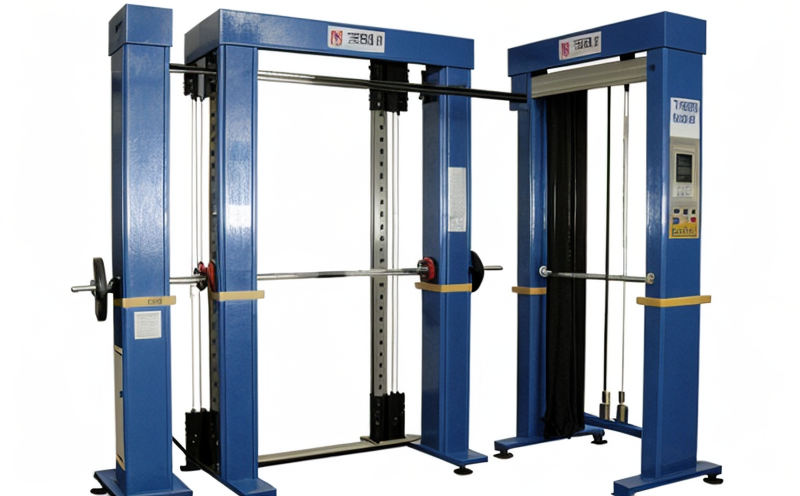Laboratory thickness measurement of knitted fabrics
Thickness measurement is a crucial aspect in textile testing, particularly when assessing the quality and performance characteristics of knitted fabrics. This service involves precise quantification of fabric thickness using advanced laboratory instrumentation designed to provide reliable and accurate results.
The process begins with careful selection and preparation of the test specimens. Knitted fabrics are cut into standard-sized samples that are representative of the product being tested, ensuring consistency across multiple measurements. The choice of specimen size is critical as it directly influences the accuracy of thickness readings. For instance, a 5 cm × 5 cm square sample is often used for its balance between practicality and precision.
Once prepared, the samples undergo rigorous measurement using specialized thickness testers equipped with high-resolution sensors capable of detecting minute variations in fabric depth. These instruments are designed to account for natural elasticity and flexibility inherent in knitted materials, ensuring that the reported thickness is a true reflection of the material's properties under standard conditions.
The testing procedure involves placing each sample on the instrument’s platform, which applies gentle pressure to minimize distortion while maintaining contact between the sensor and the fabric. The system then calculates the average thickness over predefined intervals along the length or width of the specimen, depending on the specific requirements of the test. This approach ensures comprehensive data collection, reducing variability due to localized anomalies.
After acquisition, the raw data is processed through sophisticated software algorithms that account for factors such as temperature and humidity, which can affect fabric dimensions. The final output provides a precise thickness value along with statistical measures like mean, standard deviation, and coefficient of variation. This comprehensive dataset allows stakeholders to make informed decisions about material selection, process optimization, and product quality assurance.
Understanding the implications of varying thicknesses is essential for optimizing manufacturing processes and ensuring consistent product performance. For example, thinner fabrics may be more prone to wear and tear, while thicker ones might offer better thermal insulation but could also lead to increased fabric weight. By leveraging this service, textile manufacturers can fine-tune their production techniques to achieve the desired balance between thickness and other critical attributes like strength and flexibility.
- High-resolution sensors for accurate measurements
- Standardized specimen preparation procedures
- Advanced software for data processing and analysis
- Comprehensive reporting including statistical measures
Customer Impact and Satisfaction
The ability to precisely measure fabric thickness has a profound impact on customer satisfaction within the textile industry. By providing accurate, reproducible results, this service enhances trust between suppliers and customers. When suppliers consistently meet or exceed quality expectations, it fosters long-term business relationships.
Customers also benefit from reduced costs associated with rework and waste due to non-compliant materials. Accurate thickness measurements help prevent issues that could arise from fabric variability, leading to more efficient production lines and lower operational expenses.
In addition, this service supports sustainable manufacturing practices by enabling the use of eco-friendly materials without compromising on performance standards. The insights gained through these tests can guide improvements in resource utilization and waste management strategies.
Use Cases and Application Examples
This testing service finds application across various sectors within the textile industry, including apparel manufacturing, automotive interiors, home furnishings, and sportswear. For instance:
- Apparel Manufacturing: Ensuring that knitted fabrics used in garments meet the desired thickness specifications for comfort and durability.
- Automotive Interiors: Guaranteeing that seat covers and other upholstery materials have consistent thickness to ensure optimal fit and appearance.
- Home Furnishings: Maintaining uniformity in fabric used for cushions, pillows, and curtains to enhance visual appeal and longevity.
- Sportswear: Developing high-performance fabrics that combine thinness with strength and flexibility for enhanced athlete comfort.





